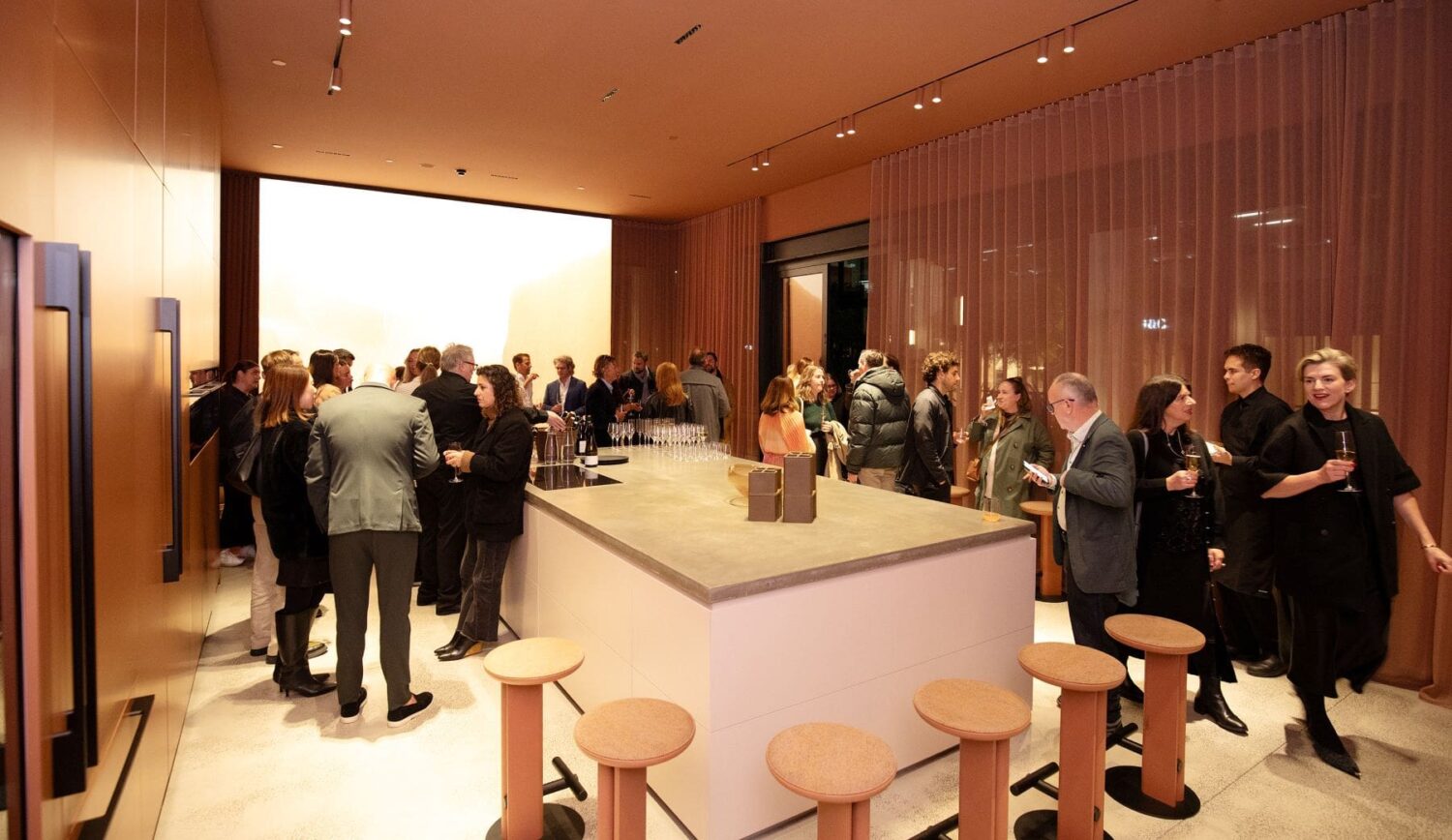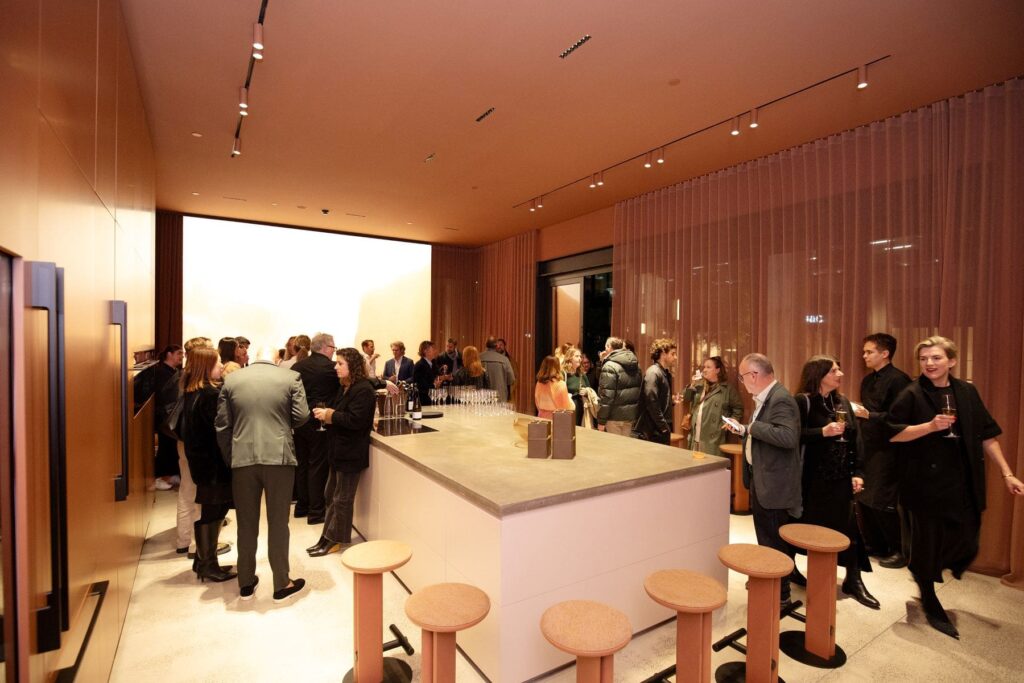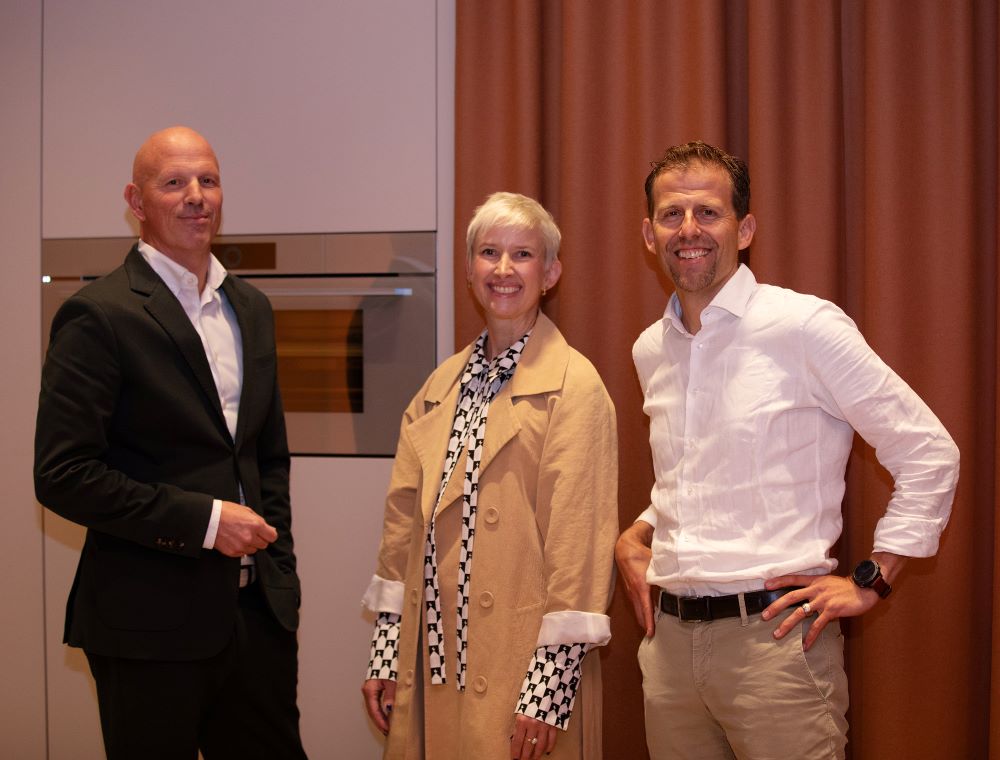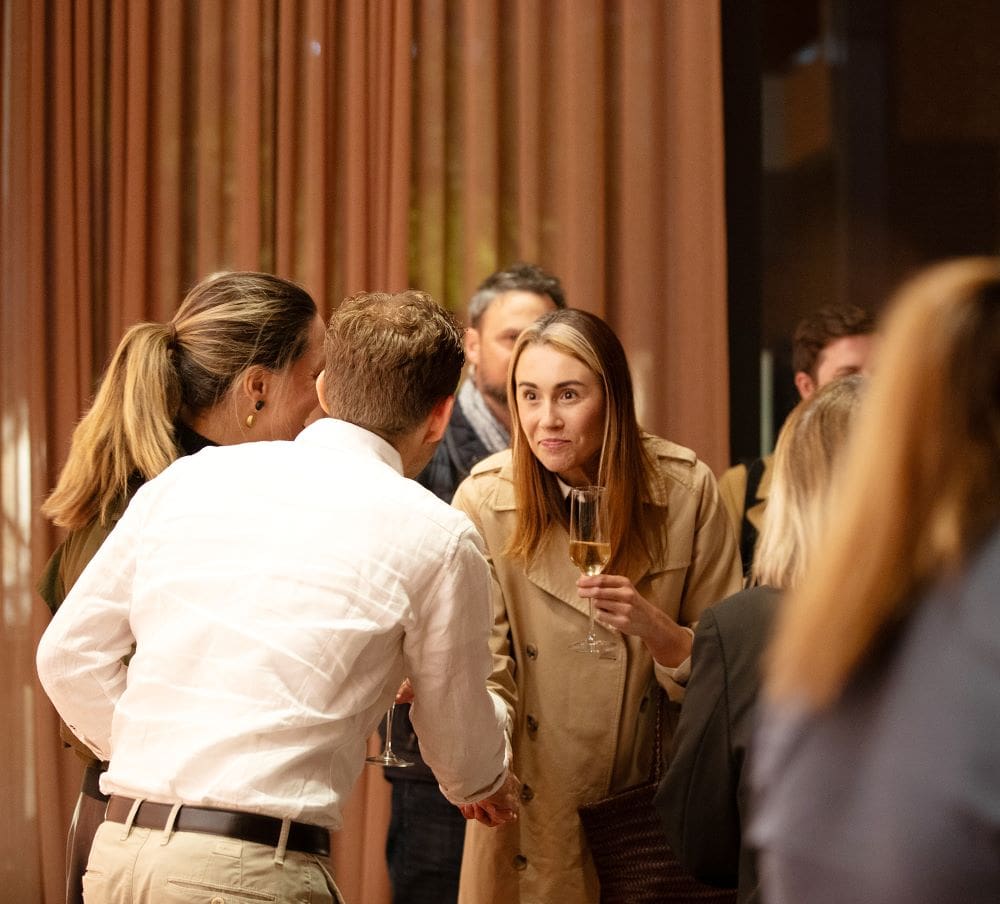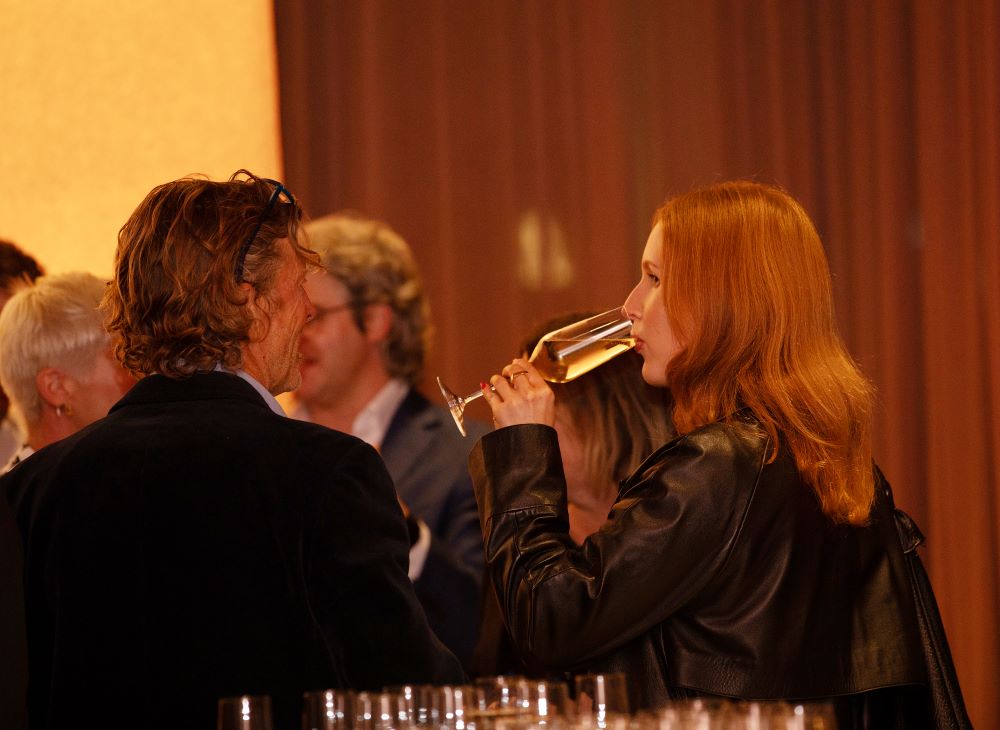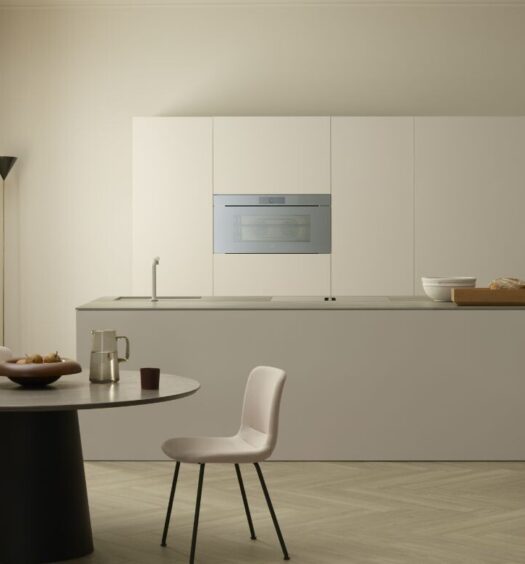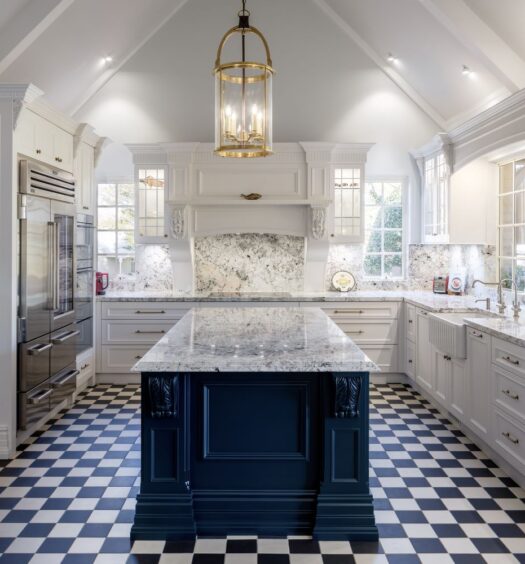This May, members of Melbourne’s architecture and design community gathered at V-ZUG’s sleek showroom for an evening that went far beyond appliance design. The guest of honour was Marcel Niederberger, Head of Sustainability at the Swiss appliance manufacturer, whose quiet yet radical approach to circular design and environmental responsibility has positioned V-ZUG as a global leader in the field. The event offered a rare opportunity to hear directly from one of the architects behind the brand’s systems-based sustainability strategy.
The evening offered far more than a typical sustainabilty discussion. Niederberger opened with a clear distinction, V-ZUG does not view sustainability as an add-on or marketing tool. It is a company-wide philosophy embedded into board-level strategy, product development, supply chain partnerships, and even the architecture of its own buildings. The company has been carbon neutral since 2020, due in part to projects like its investment in rewilding initiatives in the Scottish Highlands. But as Niederberger made clear, offsetting is not the primary objective. “We offset what we must, but our primary focus is reducing impact at the source. Our real work is internal, making better products, using better materials, and changing how we think about value.”
Guests at the Melbourne event were taken inside the company’s design and manufacturing model, which is built around circularity rather than linear production. Lifecycle analysis data underpins every decision, allowing V-ZUG to identify high-impact areas, particularly around materials and end-of-life processes. The insights have reshaped the company’s design principles. V-ZUG’s engineers now work within a ten-point internal framework aimed at designing for disassembly, preserving material value, and enabling modular reuse of components.
Niederberger offered the example of the ABS plastic casing used in washing machines, often treated as a disposable element in traditional manufacturing. V-ZUG instead removes it intact, preserves its quality, and returns it into the production cycle as raw material for new machines. “Recycling as we know it often destroys value,” he explained. “We shred, mix and downgrade materials. True circularity preserves value. It’s about pure material streams, modular parts and collaboration with suppliers and recyclers to make that possible.”
This idea of preserving value doesn’t stop at materials. Emotional longevity—designing products that people want to keep—is part of the equation. V-ZUG aims to create appliances that are not only physically durable but also timeless in their appeal. “When you form a connection with a product—when it’s timeless, adaptable and a joy to use—you’re less likely to replace it. Avoiding emotional obsolescence is a form of sustainability in itself”.
The company applies the same principles to its own infrastructure. Its manufacturing campus in Zug, Switzerland, is constructed with timber structures, solar façades, and low-carbon concrete alternatives, including recycled concrete infused with captured CO₂. These are not showpieces but functioning parts of a vertical factory environment designed to demonstrate how emissions can be reduced and even locked into the built environment.
As Niederberger stated, “We don’t shout about it. But we do far more than most. The focus is on doing the work—not just telling the story.” V-ZUG’s decision to host the event in Australia forms part of its broader commitment to global knowledge-sharing. By creating space for these kinds of conversations, the company is working to influence the broader cultural and aesthetic standards that shape design decisions. When asked about what role designers can play, he replied with a hopeful note, “Design shapes perception. If we can shift the aesthetic standard, if recycled and raw becomes desirable, we can help drive a new culture of value.”
The evening offered more than a glimpse into a leading sustainability model, it provided a framework for what responsible design can look like when it is built into every level of an organisation and shared with intention.
Explore more of the V-ZUG range at www.vzug.com

